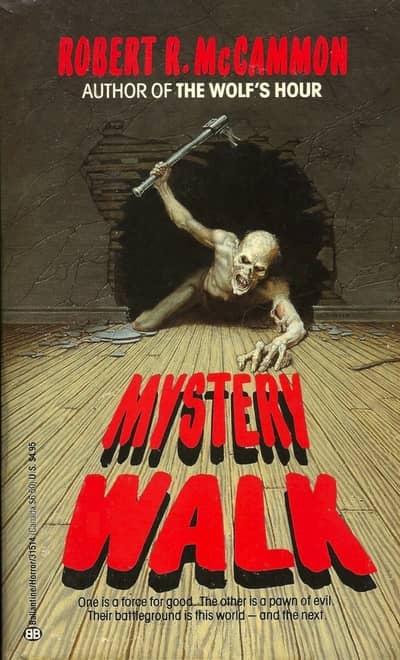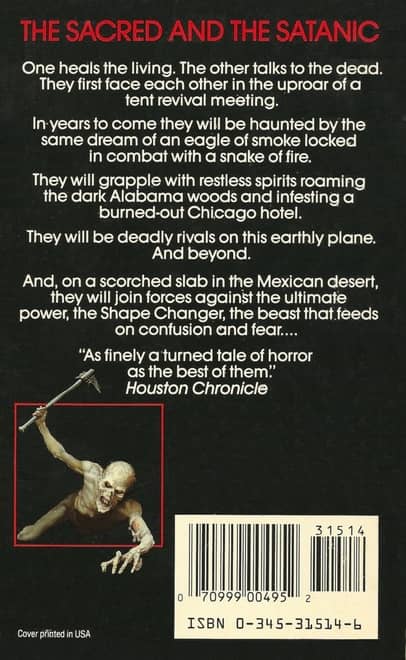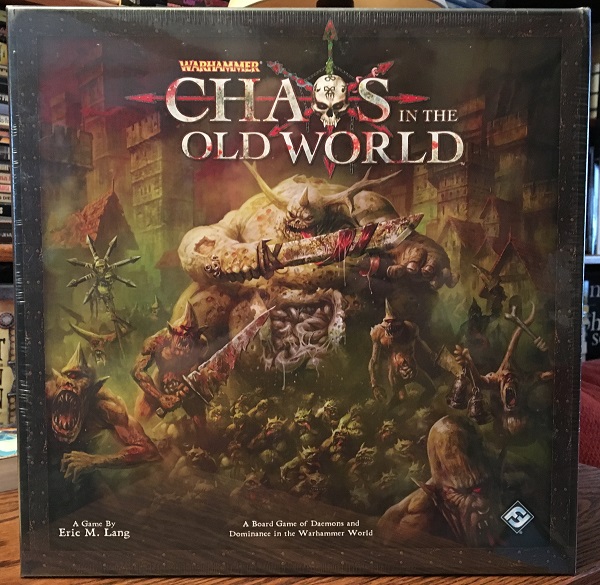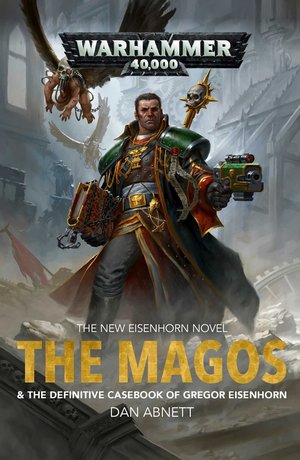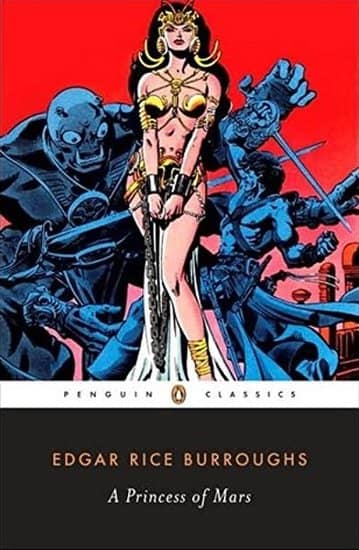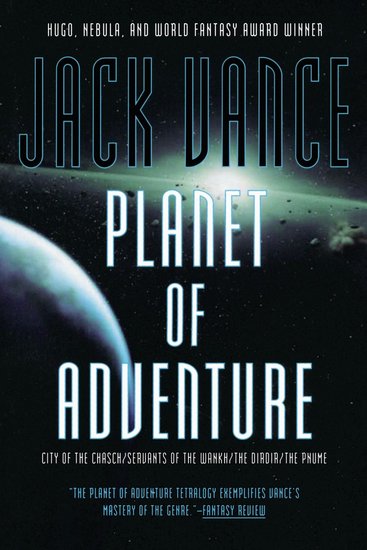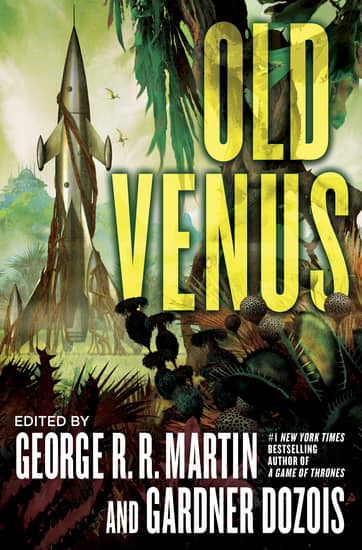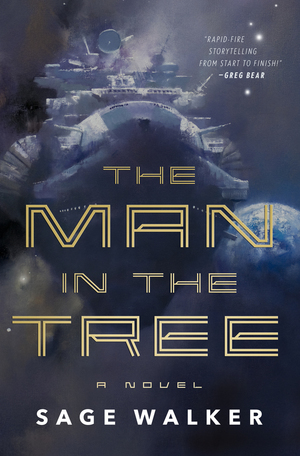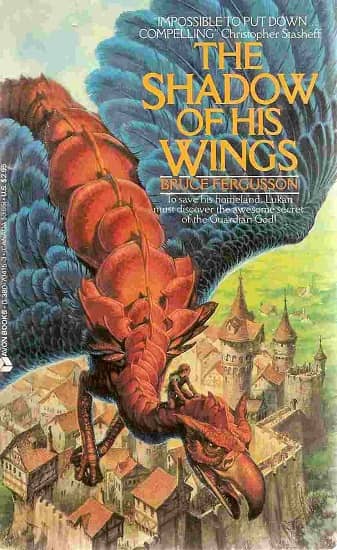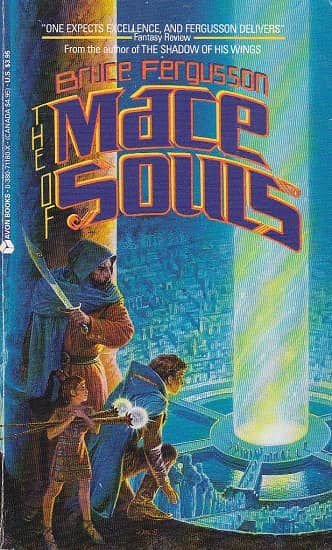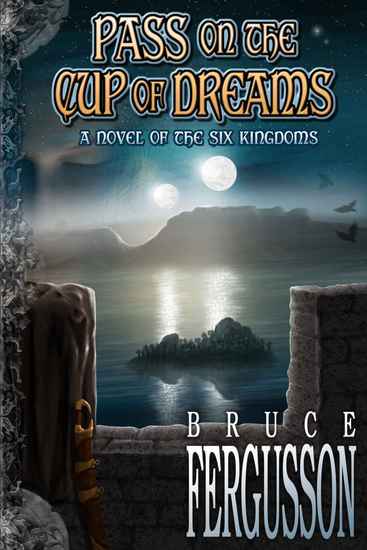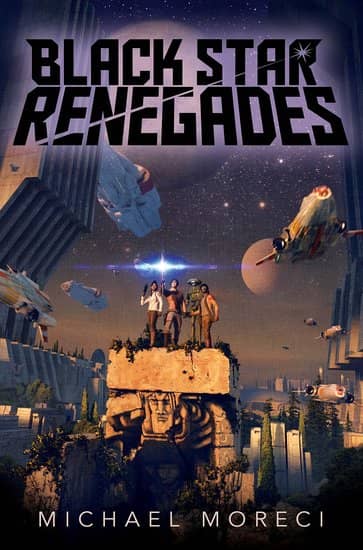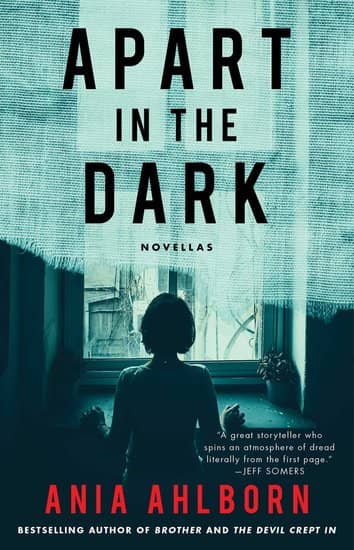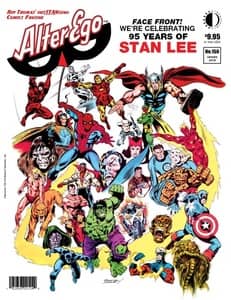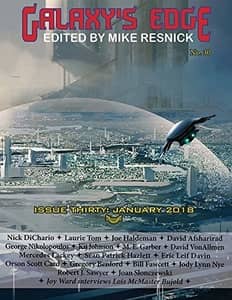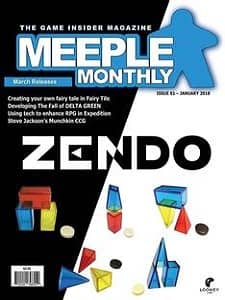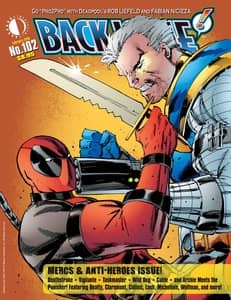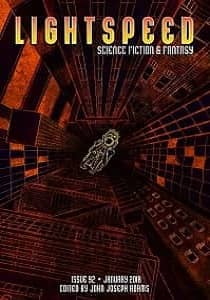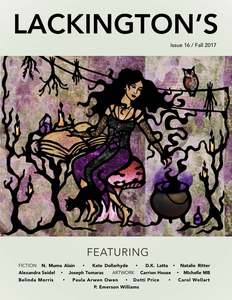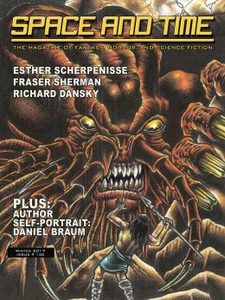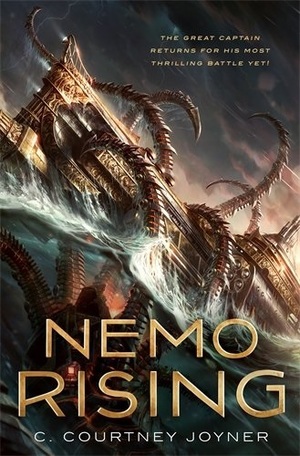New Treasures: Down and Out in Purgatory: The Collected Stories of Tim Powers
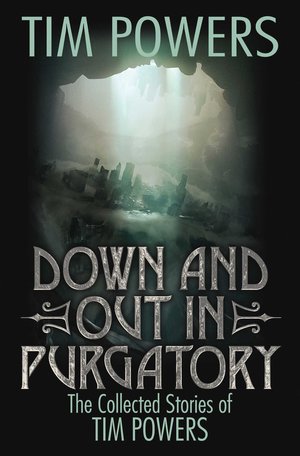 Tim Powers is certainly best known as a novelist. His novels include two World Fantasy Award Winners, Last Call (1992) and Declare (2001), as well as the Philip K. Dick Award winners The Anubis Gates (1983) and Dinner at Deviant’s Palace (1985). He’s also the author of six collections, most published in limited edition hardcovers through William Schafer’s Subterranean Press.
Tim Powers is certainly best known as a novelist. His novels include two World Fantasy Award Winners, Last Call (1992) and Declare (2001), as well as the Philip K. Dick Award winners The Anubis Gates (1983) and Dinner at Deviant’s Palace (1985). He’s also the author of six collections, most published in limited edition hardcovers through William Schafer’s Subterranean Press.
His newest collection, Down and Out in Purgatory: The Collected Stories of Tim Powers, is his first major short fiction retrospective and, at 488 pages, is more than twice the size of any of his previous collections. It contains twenty tales of science fiction and fantasy, including half a dozen previously uncollected novellas and stories originally published as limited edition hardcovers or chapbooks from places like Subterranean Press, Charnel House, Axolotl Press, and others. Most are now priced out of reach of any but the most determined collector, so finally having them in a mass market hardcover is a godsend to Powers fans.
Here’s the description.
Twenty pulse-pounding, mind-bending tales of science fiction, twisted metaphysics, and supernatural wonder from the two-time World Fantasy and Philip K. Dick Award winning author of The Anubis Gates and On Stranger Tides.
A complete palette of story-telling colors from Powers, including acclaimed tale “The Bible Repairman,” where a psychic handyman who supernaturally eliminates troublesome passages of the Bible for paying clients finds the remains of his own broken soul on the line when tasked with rescuing the kidnapped ghost of a rich man’s daughter. Time travel takes a savage twist in “Salvage and Demolition,” where the chance discovery of a long-lost manuscript throws a down-and-out book collector back in time to 1950s San Francisco where he must prevent an ancient Sumeric inscription from dooming millions in the future. Humor and horror mix in “Sufficient unto the Day,” when a raucous Thanksgiving feast takes a dark turn as the invited ghosts of relatives past accidentally draw soul-stealing demons into the family television set. And obsession and vengeance survive on the other side of death in “Down and Out in Purgatory,” where the soul of a man lusting for revenge attempts to eternally eliminate the killer who murdered the love of his life. Wide-ranging, wonder-inducing, mind-bending — these and other tales make up the complete shorter works of a modern-day master of science fiction and fantasy.
Here’s the complete Table of Contents.
